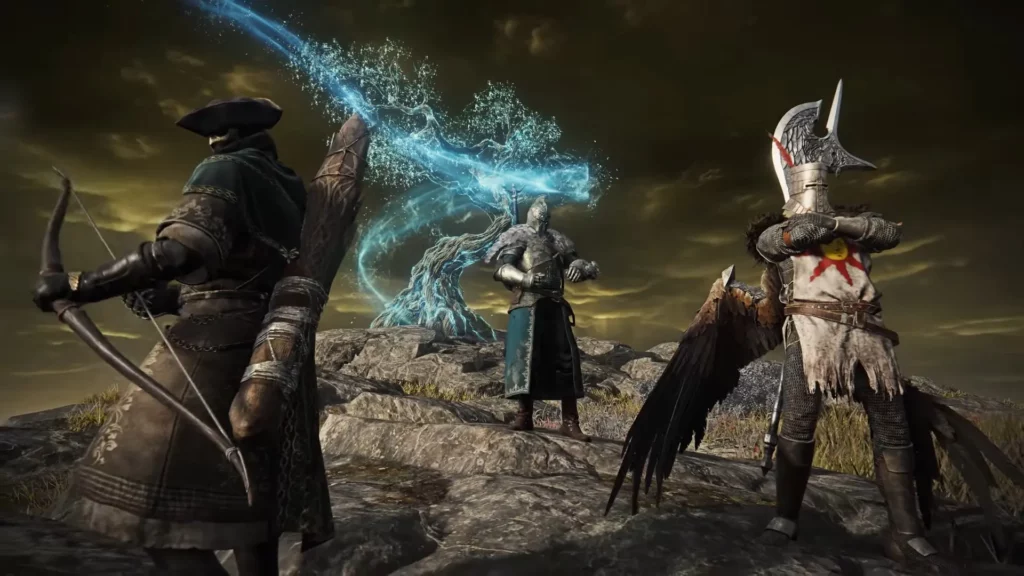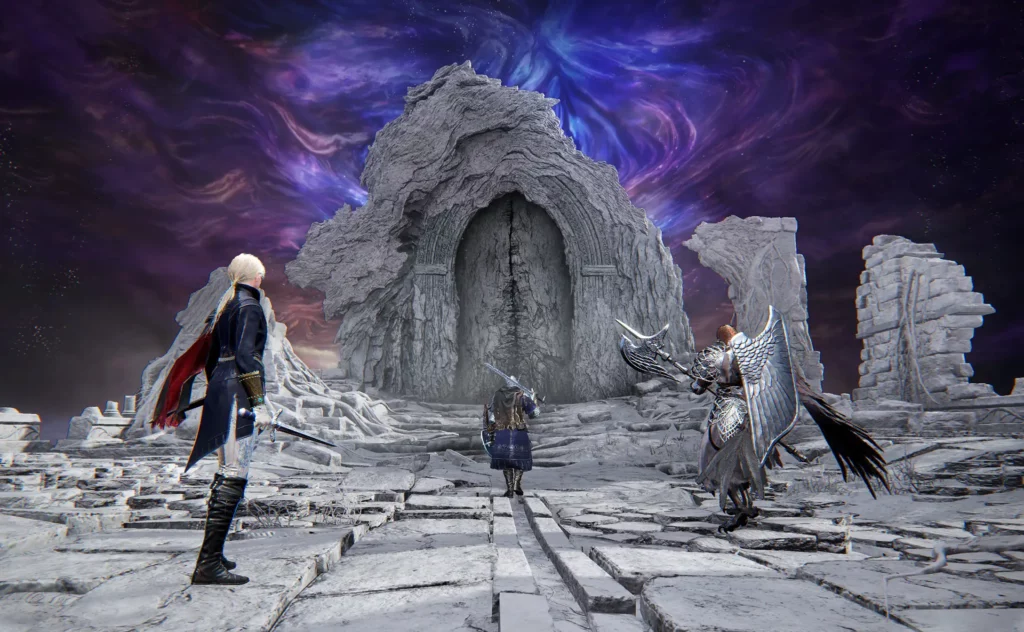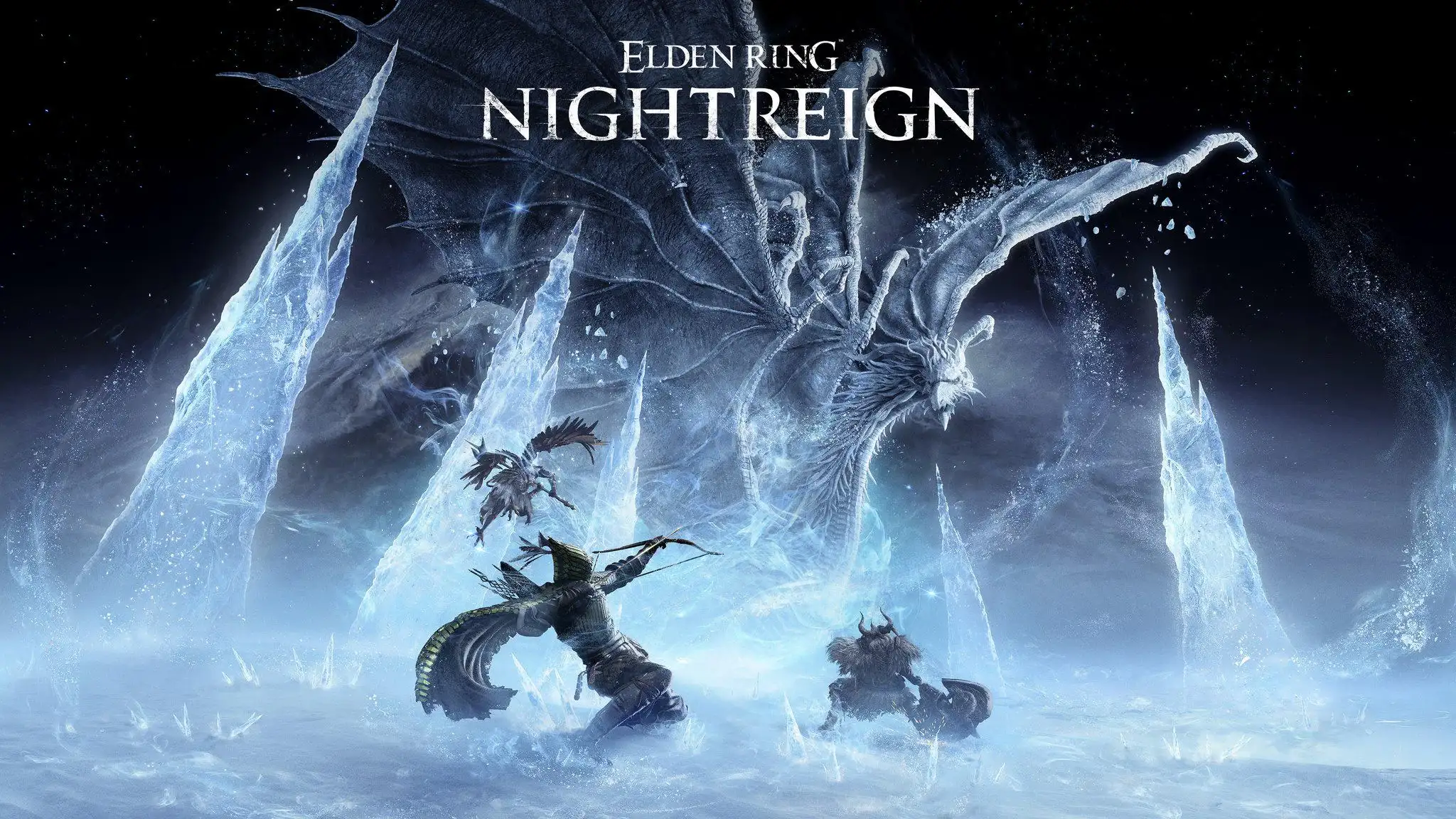Within the realm of FromSoftware’s legendary game development, the name Hidetaka Miyazaki is often synonymous with the Soulsborne series. However, another key figure, Junya Ishizaki, has been instrumental in shaping the dark and intricate worlds that fans have come to adore. His contributions span several flagship titles, including Bloodborne, Dark Souls 3, and the acclaimed Elden Ring. Following the massive success of Elden Ring, Ishizaki proposed a fresh concept that would expand the universe in an innovative way. This idea, which evolved into Elden Ring Nightreign, received the green light to fully explore new creative horizons. After investing nearly 30 hours into this title and conquering its final boss, it becomes evident that Ishizaki has delivered a daring and inventive chapter that enriches FromSoftware’s legacy.
Shifting The Pace: Speed And Action At The Forefront
Elden Ring Nightreign immediately distinguishes itself by breaking away from the traditionally measured and deliberate pacing that defines many FromSoftware games. Instead, it embraces a fast, aggressive combat style that prioritizes offense over defense. This shift is complemented by the introduction of preset character builds, replacing the deep customization options players are accustomed to. Players select from a roster of heroes, each with unique abilities, and dive into what feels like a meticulously crafted boss rush experience. This is enhanced by the extensive resources and expertise of FromSoftware, resulting in a game that feels both fresh and familiar.
The gameplay loop cleverly blends elements of action RPGs, roguelikes, and extraction shooters, creating an engaging and addictive experience. While a few design imperfections exist, they are overshadowed by the game’s overall excitement and innovation. Nightreign’s fast pace encourages players to think quickly and adapt constantly, creating a thrilling challenge that keeps adrenaline levels high throughout every expedition.
Enter Limveld: A Parallel World In The Elden Ring Universe
Nightreign’s setting, Limveld, is a parallel plane within the Elden Ring universe. This new realm is under siege by a mysterious and powerful force known as the Night Lord. The Night Lord is a natural phenomenon, drawing champions from various realities to confront its threat. Players begin their journey by selecting one of six initial heroes, with two additional characters unlockable through gameplay. Expeditions can be undertaken solo or cooperatively with up to three players.
Each expedition spans three in-game days, during which players decide which Night Lords to face and chart their course accordingly. The gameplay involves a strategic balance between exploration and combat, as players race against the Night’s Tide—a creeping darkness that drains health and forces progression. After two days of battling through Limveld’s challenges, players face the chosen Night Lord in an epic showdown. Victory or defeat, players receive rewards that contribute to their overall progression.
Combat And Progression: A Unique Blend Of Strategy And Speed
Nightreign’s combat and progression systems set it apart from other action roguelikes. The game limits players to preset builds with a level cap set at 15, ensuring a rapid and satisfying power curve. Early stages of expeditions leave players vulnerable, but as they collect gear and runes, combat becomes more dynamic and fast-paced. The goal is to maximize the party’s strength before the final day’s boss encounter.
A critical aspect of progression lies in the use of Equipment and Relics. Each Night Lord has elemental weaknesses that influence the optimal path players should take. Loot drops come in various rarity tiers, and players can carry up to six weapons. Experimentation is encouraged, as equipping off-class gear grants passive bonuses that enhance overall performance. This system fosters constant growth and adaptation, keeping gameplay fresh and rewarding.
Relics earned at the end of each expedition introduce meta-progression by providing passive upgrades. Initially, these upgrades may offer simple benefits such as faster FP regeneration, but as players advance, they unlock powerful relics that can dramatically alter strategies and team compositions. This layered progression system, combined with intuitive gameplay mechanics, makes Nightreign accessible to newcomers while offering depth for veterans.

Mastering The Fast-Paced Gameplay Loop
Players familiar with traditional Soulsborne titles may find Nightreign’s brisk tempo a significant adjustment. Expeditions move quickly, requiring players to become adept at reading map icons and planning efficient routes. Randomized elements can either facilitate or complicate progress, adding an element of unpredictability to each run.
The game’s controls retain the familiar feel of Elden Ring, but the streamlined builds and loadouts are tailored to support the rapid gameplay. Each Nightfarer—the game’s playable characters—possesses unique abilities and an ultimate skill, encouraging players to discover their preferred playstyle and develop effective tactics. Once accustomed to Nightreign’s speed, returning to the slower, more methodical pace of traditional Souls games may feel cumbersome.
The Nightfarers: A Diverse Cast Of Heroes
Nightreign introduces a roster of Nightfarers, each designed to fit specific archetypes that blend elements of Soulsborne characters and hero shooters. This diversity ensures that every player can find a character that suits their style. The initial six Nightfarers include:
- Wylder: A versatile tank equipped with a grappling hook, capable of engaging enemies up close and controlling the battlefield.
- Guardian: A defensive powerhouse specializing in protecting allies and reviving teammates.
- Executor: A swift assassin who excels at quick, lethal strikes.
- Recluse: A master of elemental magic, capable of dealing devastating ranged damage.
- Raider: A heavy damage dealer with powerful offensive capabilities.
- Ironeye: Unique among the roster for incorporating third-person shooter mechanics into combat.
Two additional Nightfarers become available through gameplay progression, expanding tactical options. Experimenting with different characters and team compositions adds variety to each expedition, keeping the experience engaging and dynamic. While some Nightfarers may require practice to master, all offer the potential to shine, especially when coordinated in three-player teams.
Night Lords: Iconic Boss Battles Reimagined
At the core of Nightreign are the Night Lords, formidable bosses that serve as the ultimate challenge. The game features a blend of returning bosses from Elden Ring and the Dark Souls trilogy, reimagined and enhanced for this new setting. However, the original Night Lords created specifically for Nightreign stand out as the most memorable and demanding encounters.
Each Night Lord battle is a spectacle of visual and auditory design, pushing players to their limits with intricate move sets and punishing mechanics. Defeating four of the initial seven Night Lords unlocks an eighth, which serves as the final boss before the credits roll. These encounters provide a satisfying climax to each expedition and reward players with valuable loot and progression.

Replayability And The Challenge Of Mastery
Nightreign’s expedition structure means that retrying a boss is a significant time investment. Each attempt requires a full three-day run, often exceeding 35 minutes. Learning a Night Lord’s move set and developing strategies can take several hours, contrasting with the rapid retries possible in other Soulsborne games.
Despite this, the game encourages repeated playthroughs by offering opportunities to improve gear, relics, and team dynamics with each run. This progression keeps the experience engaging and motivates players to refine their skills and tactics. The balance between challenge and reward fosters a satisfying sense of accomplishment.
Minor Drawbacks In An Otherwise Engaging Experience
While Nightreign excels in many areas, it is not without its flaws. Platforming sections, particularly those involving jumping, can be frustrating. Players may occasionally become stuck or fail to navigate terrain effectively as the Night’s Tide advances, adding pressure to already tense moments. The absence of Torrent, the mount from Elden Ring, makes traversing large areas slower and less fluid.
Solo play presents another challenge. The current balancing makes single-player expeditions extremely difficult, with most solo attempts ending in early defeat. Additionally, certain world events can restrict matchmaking, forcing players to face tough challenges alone, which can be discouraging.
Despite these issues, the overall gameplay remains compelling. The blend of roguelike mechanics with FromSoftware’s signature design creates an addictive experience that captivates players. Whether embarking on a first expedition or the hundredth, Nightreign offers a thrilling adventure that pushes the boundaries of what fans expect from the Elden Ring universe.
Read more reviews.
